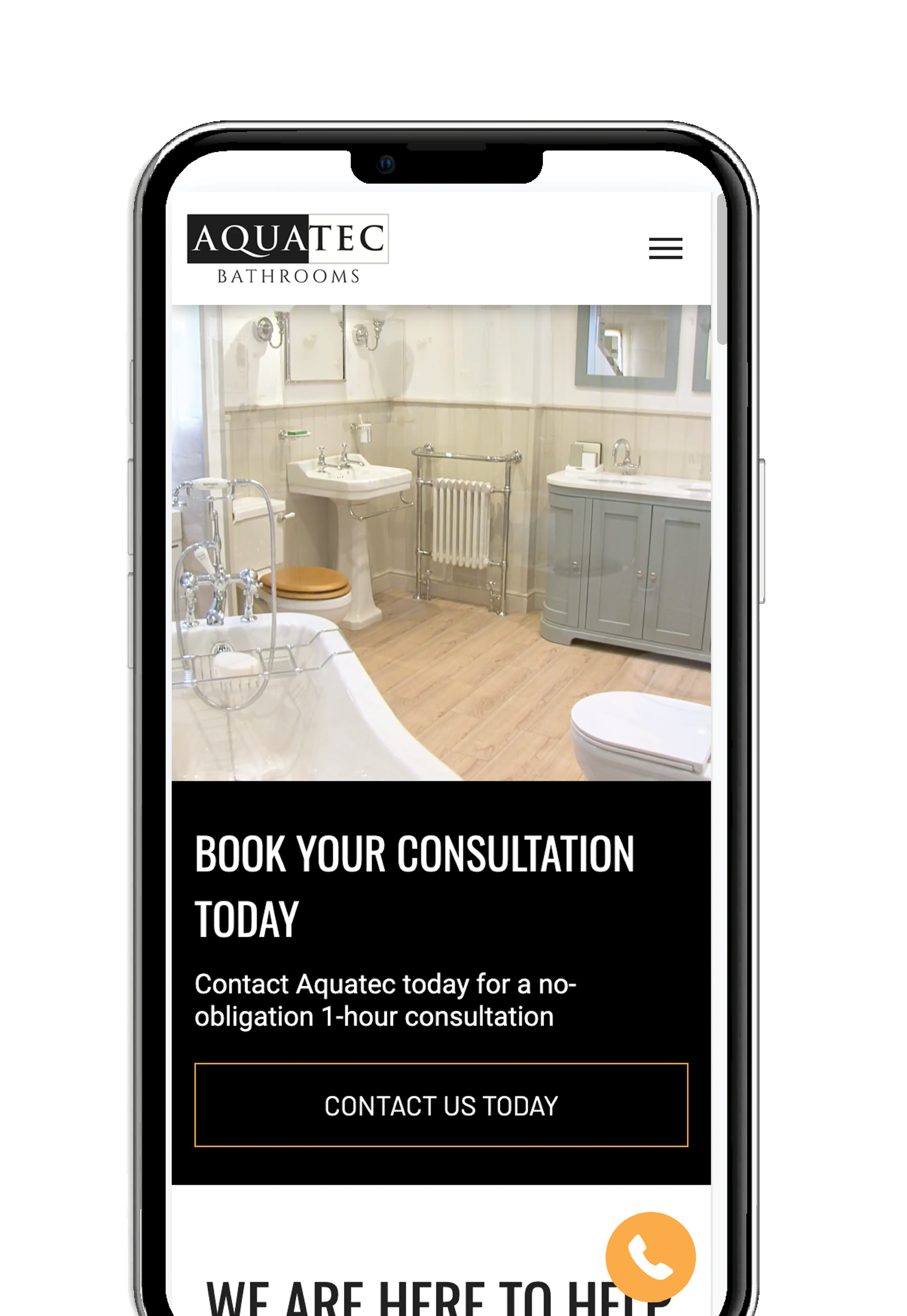pipe-replacement
August 9, 2024
Replacing a pipe involves a few key steps. Here’s a general guide, but keep in mind that the specifics might vary depending on the type of pipe and the situation.
Tools and Materials You Might Need:
- Pipe cutter or hacksaw
- Pipe wrenches or adjustable wrenches
- New pipe or pipe segment
- Pipe fittings (if needed)
- Pipe thread sealant or Teflon tape (for threaded joints)
- Plumber’s putty or joint compound (if applicable)
- Soldering tools (for copper pipes)
Steps to Replace a Pipe:
- Turn Off the Water Supply: Before doing anything, make sure to turn off the water supply to the pipe you’re replacing. Open a faucet to drain any remaining water in the pipes.
- Locate and Remove the Old Pipe:
- Cut the Pipe: Use a pipe cutter or a hacksaw to cut the old pipe. Make sure to make clean cuts to ensure a good fit for the new pipe.
- Remove the Pipe: Depending on the type of connection (threaded, soldered, etc.), you may need to use wrenches or other tools to detach the pipe. Be cautious to avoid damaging any surrounding materials.
Prepare the Area:
- Clean the ends of the remaining pipes and fittings to ensure a good seal with the new pipe. Remove any old thread sealant or debris.
- Install the New Pipe:
- Threaded Connections: If your pipe uses threaded connections, wrap Teflon tape around the threads of the pipe and fittings to ensure a watertight seal. Screw the new pipe into place.
- Soldered Connections: If you’re working with copper pipes, you might need to use a torch to solder the new pipe into place. Apply flux to the ends of the pipe and fittings, heat with the torch, and then apply solder to create a seal.
- Push-fit or Compression Fittings: These are typically easier to install. Push the pipe into the fitting or tighten the compression ring according to the manufacturer’s instructions.
- Check for Leaks: Once the new pipe is installed, turn the water supply back on and check for leaks. Tighten any fittings if necessary.
Test and Finish:
- Test the system to ensure everything is working properly.
- Once you’re sure there are no leaks, you can cover any exposed areas and clean up your workspace.
If you’re dealing with a complex system or if you’re unsure about any part of the process, it might be a good idea to consult a professional plumber.
Related Articles
Related Articles

FOR ALL YOUR BATHROOM PLANS
Looking to create the perfect bathroom for your client, parents or yourself?
Look no further! Explore our brand new Bathroom Showroom website and discover a world of ideas that will inspire you. Book yourself a consultation today and let us help you build the best bathroom ever.
Don't wait, start designing today!


